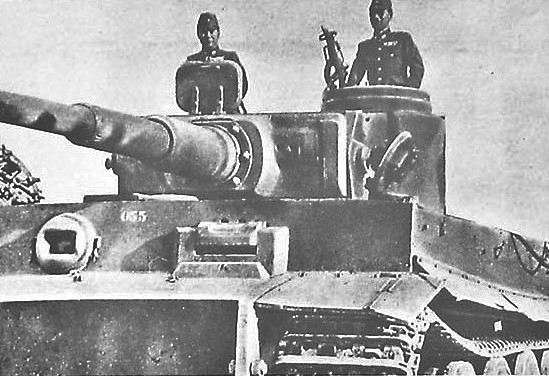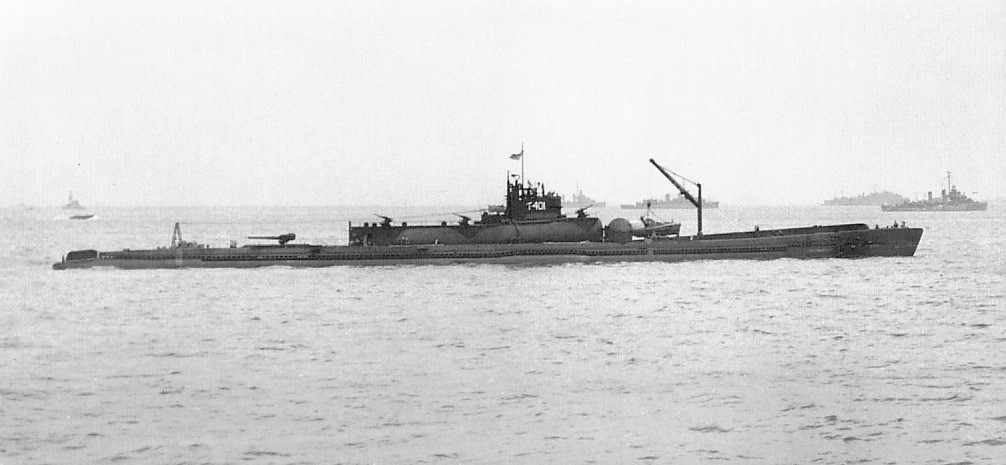Victim of Circumstance: How Japan Purchased a Tiger

In terms of the art of war, Japan was developing as an island country: the navy and aviation were of the highest priority. The army was not really weak, but in terms of military equipment, it was definitely inferior to their European counterparts, who were used to conducting warfare on solid ground.
This was evident by just looking at Japanese armoured vehicles. Even the most advanced mass-produced Japanese tank—the Type 97 ShinHoTo Chi-Ha—was weak when compared with the Soviet T-34, the German Pz.Kpfw IV or the US Sherman. Heavy tanks were not used by the Japanese Army at all.
The Empire is in Danger
The poor quality of Japanese tanks was not the result of erroneous actions of the military leaders. The main theatre of war for Japan was the Pacific islands. All vehicles and supplementary equipment had to be transported by sea, which necessitated the restriction of their weights. The island terrain was not suitable for using heavy vehicles either. The armament of China, the only major mainland rival of Japan, was of very poor quality, and the combat capabilities of Japanese vehicles in comparison to the Chinese Army were more than enough.

A German propaganda picture showing Japanese officers manning a Tiger tank. Photo from the book, Germany’s Tiger Tanks, by T. Jentz and H. Doyle
On December 7, 1941, Japan attacked the USA. Those events started the triumphant march of the Imperial Japanese Army over the Pacific islands. The Japanese invaded the Philippines, multiple islands of Oceania, and parts of New Guinea. To remedy the situation, the allied forces had to invest a lot of time and effort if they ever wanted to push back.
During their domination in the Pacific region, the Japanese created a defensive perimeter, where the islands played the role of strongholds. Afterwards, the Americans started to fight back. In June 1942, the Japanese lost four aircraft carriers during the Battle of Midway. The Battle of Guadalcanal, which lasted six months and ended in February of 1943 with the US forces being victorious, deprived Japan of the strategic initiative. Their defensive perimeter began falling apart under the attacks and Americans started approaching Japan one island at a time.
This led the Japanese military leaders to think about the threat of the US invasion. To withstand US attacks, the Japanese needed heavy tanks, and their projects were merely in the design stage and were never embodied in metal. Their German allies, however, boasted a new powerful tank— the Pz.Kpfw. VI Tiger.
Cargo with no Perspective

Japanese submarine aircraft carrier of project I-400. The plan was to use this ship to transport the Tiger across the ocean.
Germany responded to the plea of their Axis allies. Hiroshi Oshima, the Japanese ambassador, was taken to the Kummersdorf facility and shown the production of Tigers at the Henschel plants - generally speaking, the ambassador got closely acquainted with the product. He became thrilled with the idea and entered into negotiations with the German Ministry of Armaments.
In 1943, the Japanese received two packages of technical documentation. A point of purchasing the tanks has been raised as the cost of a Tiger was around 300,000 Reichsmarks in comparable prices of 1943 but the Ministry of Armaments and Henschel requested 645,000 Reichsmarks. The price was sky-high, but it doesn’t mean that the Germans just decided to cash in on their oversea allies. First, the tank would be supplied with ammunition, radio and optics. Second, the Germans were ready to disassemble and pack the tank before shipping it to Japan. Plus, it seems that the cost of technical documentation was also included into the price.
What was the point of disassembling? The deal itself did not present any difficulties, but the shipping did. The option with surface ships was disregarded, as the Allies commanded the Mediterranean Sea and the Atlantic. Underwater shipping became the only alternative - however, that alternative was less than stellar, as there were not many vessels that could bear a huge 30-ton hull. Submarine aircraft carriers that had corresponding characteristics were not finished, and the Tiger had many chances to hit a snag on its way to Japan. Based on the most optimistic of estimates, the buyer could count on delivery by December 1944.
Nevertheless, the tank was sent to the Bordeaux port. In February 1944, the Japanese paid for the order and officially came into possession of the Tiger, but it still remained a dead weight hung in the air. In the summer of 1944, the Allies landed in Normandy and put Germany on the spot.
Following the Decision of the Supreme High Command of the German Army dated to 21 September 1944, the Japanese Tiger was leased (or requisitioned, according to other sources) and passed to the field forces. That is how it was lost somewhere on the Western Front.
Remember, you can acquire this tank for yourself in the Premium Shop now!
Sources:
- “Tiger Heavy Tank. Lethal Weapon of the Reich” by Mikhail Baryatinskiy
- "Germany’s Tiger Tanks" by Thomas L. Jentz & Hilary L. Doyle





